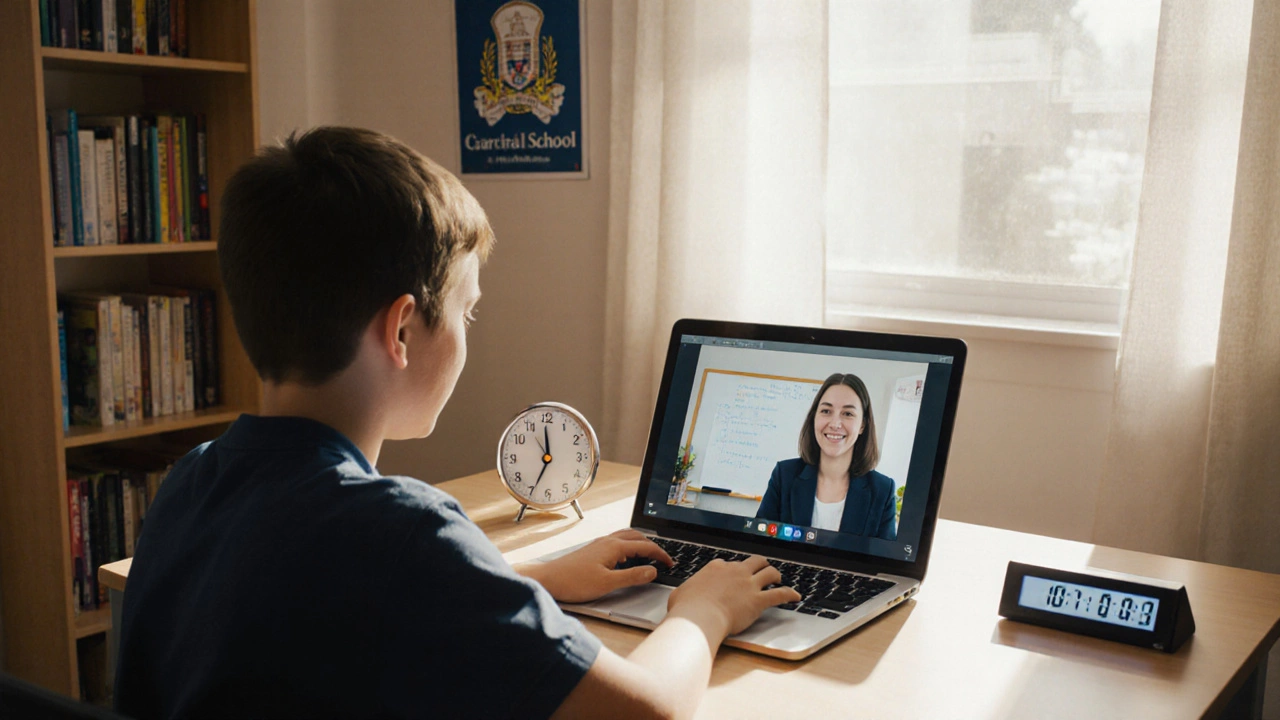Parental Involvement – Your Key to Better Learning Outcomes
When we talk about parental involvement, the active participation of parents or caregivers in a child’s education, both at home and at school. Also known as family engagement, it shapes attitudes, builds confidence, and creates a bridge between classroom and home.
One major partner of early childhood education, the structured learning experiences for children from birth to age five, is the way parents support daily routines. A second ally is special needs support, tailored strategies and resources for learners with disabilities or neurodivergent profiles. Finally, the rise of online learning, digital platforms that deliver instruction remotely adds a modern twist, demanding new kinds of parent‑school communication.
Parental involvement encompasses early childhood education, requires effective communication, and influences student motivation. It also demands that families understand special needs support, which in turn shapes inclusive practices at school. Meanwhile, online learning calls for tech‑savvy parents who can help with platform navigation, turning digital classrooms into productive spaces. These relationships form a web: the more parents engage, the stronger the learning environment becomes, whether it’s a preschool setting, a special‑needs program, or a virtual class.
Why It Matters for Every Learner
Research shows that kids whose families stay involved score higher on tests, attend school more regularly, and develop better social skills. Early childhood education benefits from parents who read daily, ask open‑ended questions, and model curiosity. For families navigating special needs support, regular check‑ins with teachers and therapists can fine‑tune accommodations, ensuring the child isn’t left behind. In the world of online learning, parents who set routines, monitor progress, and celebrate small wins keep students on track and reduce screen fatigue.
Below you’ll find a curated collection of articles that dive deeper into each of these angles. From tips on creating effective home‑study zones to strategies for supporting neurodivergent children, the resources are designed to give you practical tools you can start using right away. Keep reading to discover actionable insights that match your situation, whether you’re guiding a preschooler, advocating for a child with special needs, or helping a teenager thrive in a virtual classroom.

Remote Learning vs Homeschooling: Key Differences Explained
- by Eliza Fairweather
- on 10 Oct 2025
Learn the core differences between remote learning and homeschooling, covering curriculum, legal needs, social interaction, and tips for choosing the right path.
